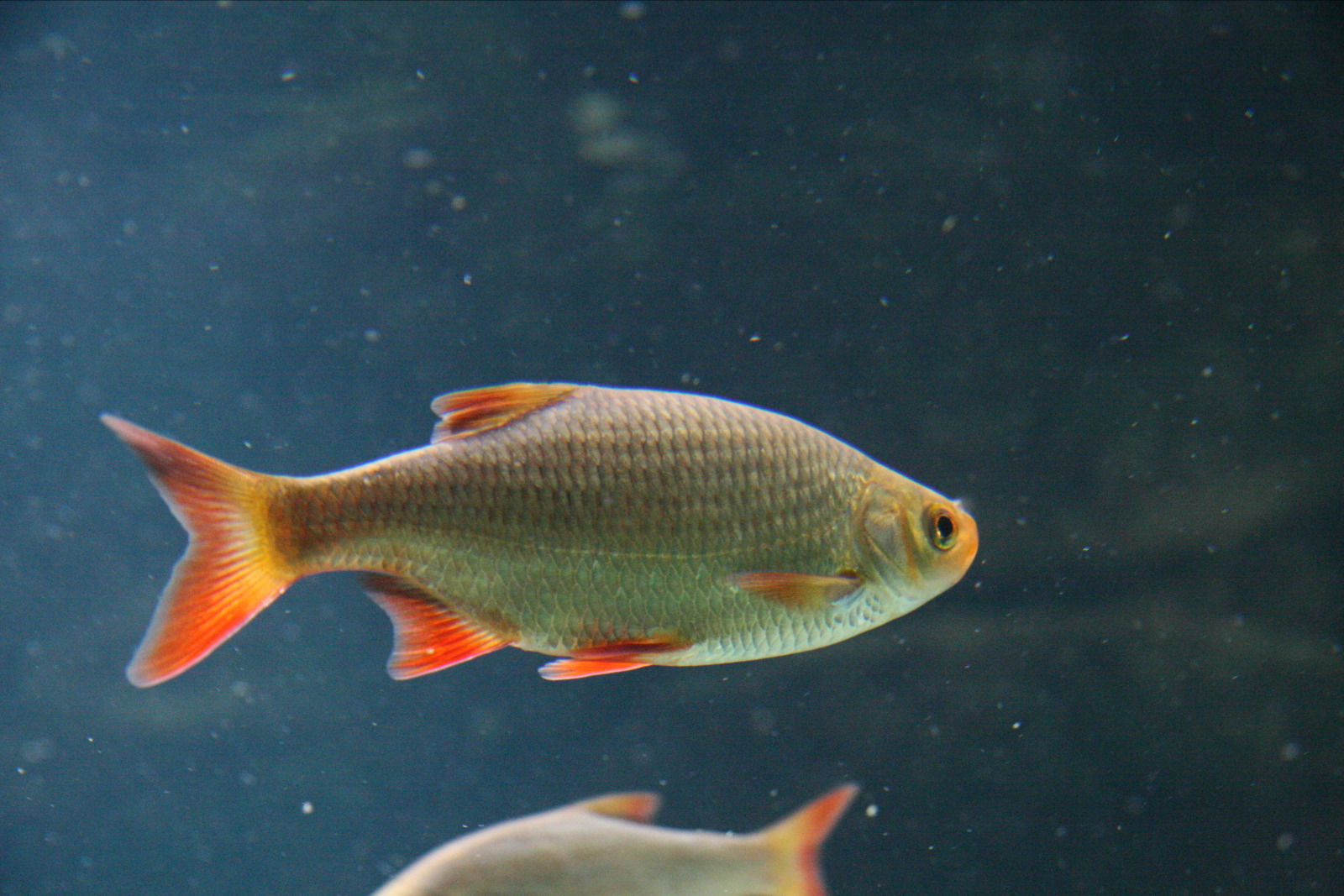There are nearly 200 invasive species known or possible in the Mid-Atlantic region, each of which can have damaging effects on native ecosystems and threaten entire habitats. Understanding their impact and knowing what to look for is essential to keeping these invasive species out of native waters and preserving the aquatic ecosystems we know and love.
Read on to learn more about common invasive fish in the area. If you think you have one of these populations in your lake or pond, AEC Lakes can help by providing professional invasive species management.
Dangers and Impact of Invasive Fish
Invasive species are a significant danger to ecosystems in the Mid-Atlantic region, and their prevalence is rising as factors like global trade continue to contribute to outside exposure. Invasive species are difficult to manage and remove, so the best method of control is prevention.
The greatest risk regarding invasive species is the effect they have on natural resources and ecological processes. Native species compete with invasive ones for resources, and the invasive species often win, leading to native extinction or reduced biodiversity and introducing other problems.
Invasive species may:
- Have fewer natural predators in the non-native environment, leading to overpopulation.
- Spread disease to the native species.
- Reduce the quality of the habitat by limiting access to natural resources.
Invasive fish can arrive in an ecosystem in many ways. These can be natural, such as hurricanes and ocean currents, or due to human actions, such as released cargo ballast, live bait or aquarium fish.
Common Invasive Fish
In the Mid-Atlantic region, there are many invasive species, including:
- Blue catfish: The blue catfish is smooth and lacks scales, with a similar appearance to the channel catfish. It was brought to the area as food, for sport and to feed on the invasive Asian clam. It has a wide head with a high point near the center and a slate blue body that fades to
European Rudd
silver-white on its belly. The blue catfish is the largest species of North American catfish. While they typically live in freshwater, they can also be found in brackish waters and have a high tolerance for diverse habitats and water conditions.
- Common carp: The common carp is voracious, omnivorous and stout, with a bronze, yellow or brassy color and scales outlined in black. It usually weighs from 1 to 10 pounds and inhabits lakes, ponds and lower parts of rivers with standing or moderately flowing water. Other locations include brackish waters and shallow water during spawning. The species was originally brought to the U.S. from Europe and Asia as a food and game fish and is now present throughout the country.
- European rudd: Like the common carp, the European rudd belongs to the minnow family and feeds on other creatures and vegetation. It’s a stocky, round fish with a brownish-green back, silvery belly and distinct red-tipped fins. It likes still, sluggish waters in the shorelines of rivers and lakes, but it can adapt to a variety of environments, including poor water quality. The European rudd is primarily spread through bait bucket release and was brought to the U.S. as a game and food fish.
- Grass carp: Also called the white amur or waan ue, the grass carp is another member of the minnow family with a long body, large scales and olive or silvery-white color. It likes shallow, quiet waters and often spreads through connecting systems like tributaries, waterways and canals. It is native to eastern Asia and was introduced as a form of aquaculture plant control.
- Ide: The ide is a large freshwater fish, also from the minnow family, with either a grayish-olive and silver coloring or an orange and silver pattern. These fish like clear, clean pools in medium or large ponds, rivers and lakes. In the winter, they head into deeper holes, but they can also tolerate high salinity and brackish environments. The ide is native to Europe but was brought to the U.S. in the 1800s.
Northern snakehead
- Northern snakehead: These freshwater air-breathers have lengthy bodies that can grow up to 33 inches long, with a narrow, snakelike head and blotches on their sides. They live in streams and rivers, especially in stagnant, shallow or slow water with mud or vegetated substrates. You can also find them in low-oxygen and ice-covered waters. Northern snakeheads are native to China, Russia and Korea but have spread through the region partially due to live food-fish markets and pet sale and release.
Solve Your Invasive Fish Issues With AEC Lakes
While the above list is not exhaustive, it does cover some of the fish you’re most likely to see here in the Mid-Atlantic region. Here at AEC Lakes, we have extensive experience dealing with invasive populations and can help you identify their presence and manage, control or remove the species.
Read up on our fish management services and request a consultation to learn more about invasive fish control with an AEC Lakes expert.



Add Comment